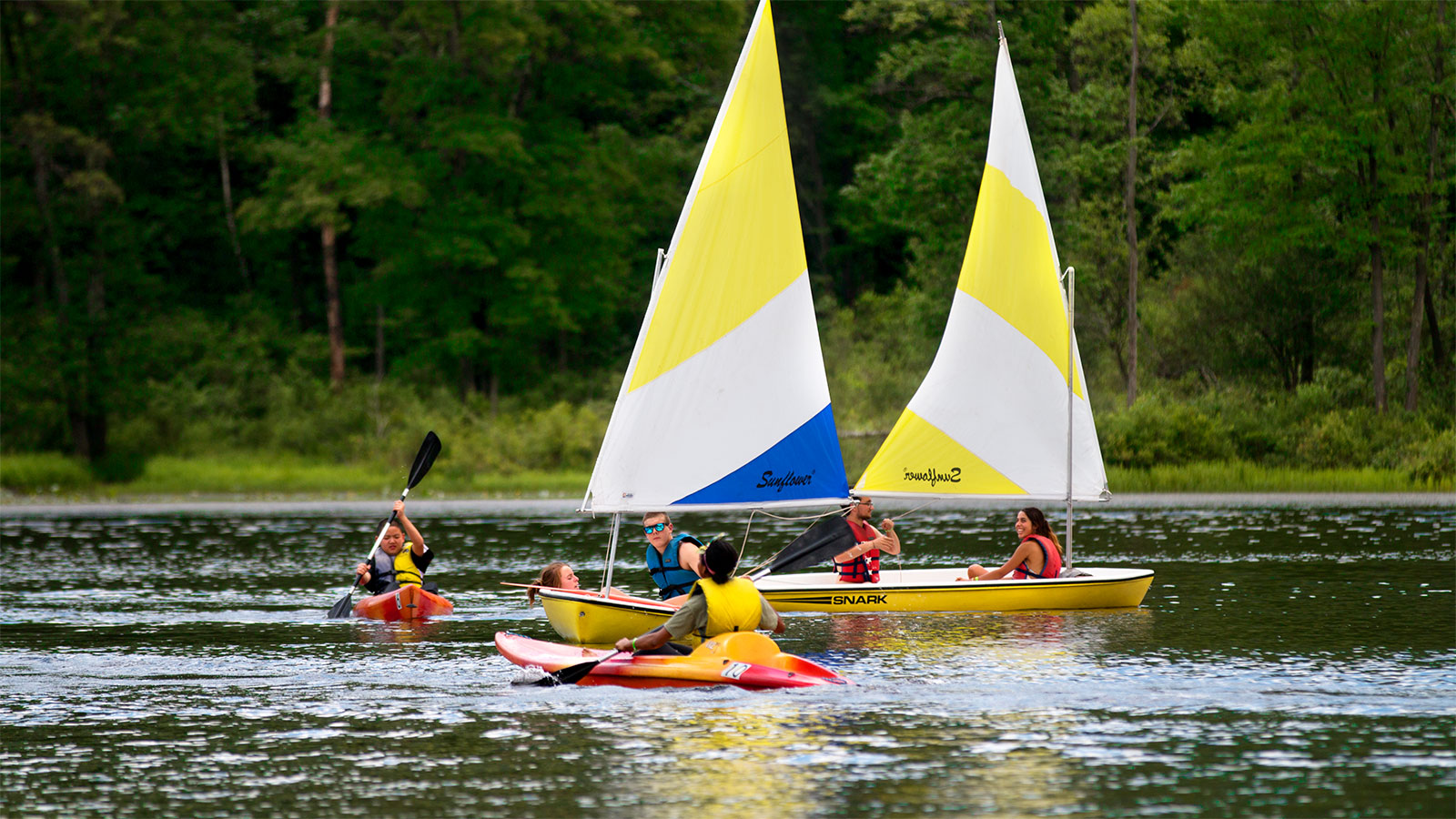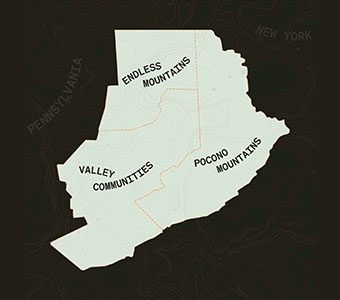Since 1924, the American Heart Association has been fighting heart disease and stroke and helping people to live longer, healthier lives. Our local AHA shares ways that you can stay healthy, get involved and help raise awareness right here in NEPA.
Each Year, More Than 350,000 Out-of-Hospital Cardiac Arrests Occur in the U.S.
This February during American Heart Month, the American Heart Association is shedding light on the importance of knowing Hands-Only CPR, so every family and home has someone trained with this life-saving skill.
Each year, more than 350,000 out-of-hospital cardiac arrests occur in the U.S. Almost 3 out of 4 of those happen at home. If you’re called on to do cardiopulmonary resuscitation (CPR), you will likely be saving the life of someone you love: a spouse, a parent or a friend.
A cardiac arrest is when the heart’s electrical system malfunctions. The heart stops beating properly when its pumping function is “arrested,” or stopped. It can happen suddenly or in the wake of other symptoms.
About 90% of people who suffer out-of-hospital cardiac arrests die. CPR, especially if performed immediately, could double or triple a cardiac arrest victim’s chance of survival.
Recent survey findings found that while nine out of 10 adults believe CPR will improve someone’s chance of surviving cardiac arrest, four out of every 10 would still not initiate the lifesaving procedure.
Hands-Only CPR is a technique that the American Heart Association recommends to help increase the likelihood of people performing CPR in an emergency. If a teen or adult suddenly collapses, the two steps of Hands-Only CPR are to call 911 and push hard and fast in the center of the chest until help arrives. Use a familiar song to help you keep up the pace of 100-120 beats per minute (this is the same rhythm in the popular song by the Bee Gee’s “Stayin’ Alive”).
By equipping people with Hands-Only CPR training, they learn how simple the technique is and there is a comfort level that will help them overcome concerns that cause hesitation to act in an emergency.
Women, especially Black and Hispanic/Latina women, are less likely to receive CPR partly because people fear accusations of inappropriate touching, sexual assault, or injuring the person. However, the Good Samaritan Law protects people who perform CPR during cardiac arrest, so you can feel confident performing it to try and save her life.
The American Heart Association is committed to being the leader in resuscitation science, education, and training. This Heart Month, be the beat it takes to save a life by learning the two simple steps of Hands-Only CPR. Visit heart.org/handsonlycpr for more information.


















